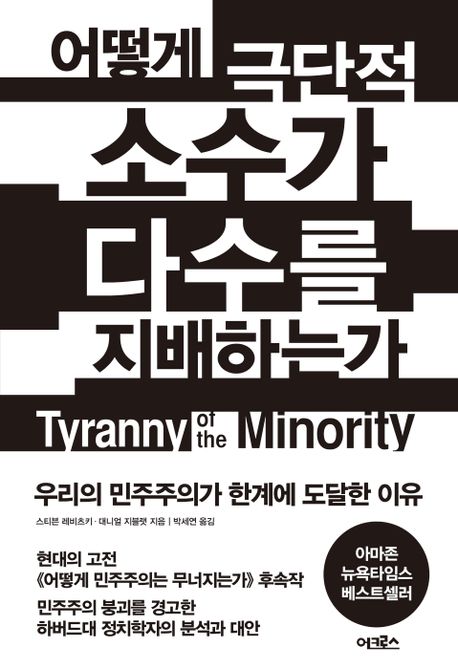
Competitive authoritarianism: hybrid regimes after the Cold War
- 발행사항
- New York : Cambridge University Press, 2010
- 형태사항
- xviii, 517 p. : ill. ; 24 cm
- ISBN
- 9780521709156
- 청구기호
- 341.7 L666c
- 서지주기
- Includes bibliographical references (p. 381-491) and index
소장정보
| 위치 | 등록번호 | 청구기호 / 출력 | 상태 | 반납예정일 |
|---|---|---|---|---|
이용 가능 (1) | ||||
| 1자료실 | 00012968 | 대출가능 | - | |
- 등록번호
- 00012968
- 상태/반납예정일
- 대출가능
- -
- 위치/청구기호(출력)
- 1자료실
책 소개
목차
Part I. Introduction and Theory: 1. Introduction; 2. Explaining competitive authoritarian regime trajectories: international linkage and the organizational power of incumbents; Part II. High Linkage and Democratization: Eastern Europe and the Americas: 3. Linkage, leverage, and democratization in Eastern Europe; 4. Linkage, leverage, and democratization in Latin America and the Caribbean; Part III. The Dynamics of Competitive Authoritarianism in Low Linkage Regions: The Former Soviet Union, Africa, and Asia: 5. The evolution of post-Soviet competitive authoritarianism; 6. Africa: transitions without democratization; 7. Diverging outcomes in Asia; 8. Conclusion; Appendix. Measuring competitive authoritarianism and authoritarian stability.










